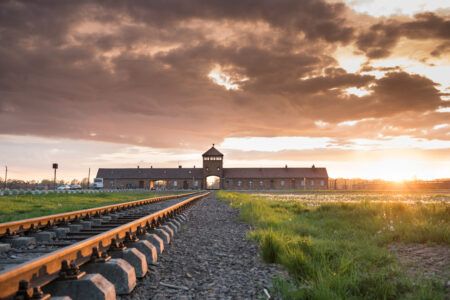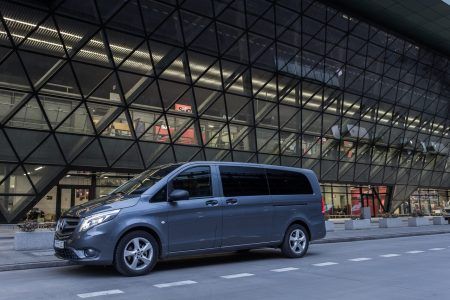
Valencia, Spain
The city of arts and sciences
Our Valencia Bestsellers:
Popular airport & city transfers:
To say that Valencia is known for one thing would be unfair. The third-biggest city of Spain is unique in multiple ways, each wonderful on its own. Amongst things that Valencia is famous for, you definitely heard about its numerous blue flag beaches, the Paella dish, the Fallas festival, and its enormous aquarium! And let’s not forget that it has its own language, too.
You could say that it is a pretty strong city, and well…you would be right since strength and valor are right there in the name “Valencia”, or as it once sounded – “Valentia”! Even the Romans recognized how awesome and beautiful this place was, and rewarded its most valorous soldiers by settling them here. This is why Valencia is one of the oldest cities in the region – it was founded back in the early days of the Roman Empire!
During the Middle Ages, Valencia was in the middle of a tug of war between Muslim and Christian rulers, changing hands violently and often. This is also where El Cid established his power to become one of the most famous warlords known in Europe’s history! El Cid, or Rodrigo Díaz de Vivar is celebrated as the national hero of Spain, forever remembered in the national epic of El Cantar de Mio Cid. And Valentia was his seat of power!

However, the darkest time of Valentia was when Black Death struck and decimated the city, bringing it to the brink of destruction. Still, after the period of darkness, suffering and death, a new hope reinvigorated the city. Trade with the Republic of Genoa introduced white mulberry and lead to major innovations in techniques of manufacturing silk. Thanks to this, the Valencian Golden Age began, allowing culture, economy, and arts to prosper and develop freely. And all thanks to Genoa and their silk! This is why when visiting, you will find that many of Valencia’s iconic landmarks – such as Silk Exchange, Serranos Towers, or the Micalet – originate from this period of history. After the Golden Age ended, the region was torn apart by years of wars and internal strife. It was, once again, the silk industry that brought Valentia back from its knees in the 18th century. It remained the backbone of the city’s strength until the 20th century when the silk industry finally was allowed to retire and was replaced by large-scale industrialization and mechanization of other products. Still, even today, Valencians remember how important silk was in their history, and celebrate it in the Silk Museum located in the Higher Art College of Silk. However, due to tumultuous events of the 20th century such as both the World Wars and the Spanish Civil War, Valencia suffered greatly. But just like after the epidemic of the Black Death, it rebuilds itself even stronger, and is looking forward to a new Golden Age!
Instead of silk, this time Valencia is booming with tourism. The UNESCO intangible cultural heritage of humanity acclaimed Falles festival alone brings millions of visitors, and it is hardly the only festival or convention taking place in Valencia! The city is busy all year round. A large part of its activity is thanks to Casal faller, neighborhoods organizing fundraising parties and events helping prepare for the Falla festival. Each Casal faller produces a monument – falla – that is burned during the festival in an enormous communal bonfire! Many of these monuments are funded thanks to restaurants serving paella, the iconic Valencian dish. This rice dish is delicious and probably the best known Spanish flavor in the world. However, if you like your local paella, you absolutely must visit Valencia – even Spaniards consider it to be THE Valencian cuisine, and only there you will find the most authentic, most refined, and simply the best incarnations of this dish. Where? This is the most wonderful thing about it – each Casal faller has its own spin on the formula, just like how each grandma makes her cooking uniquely her own.






















